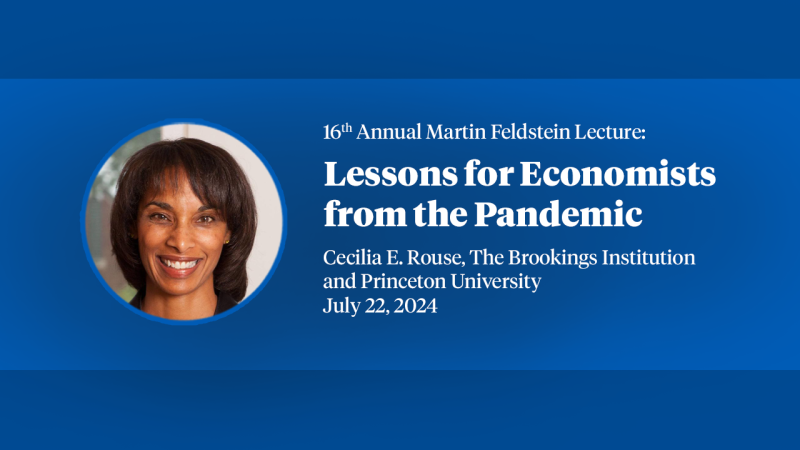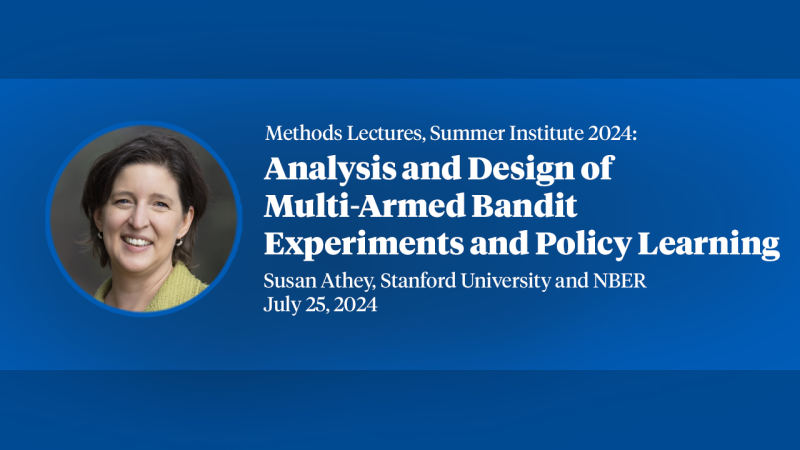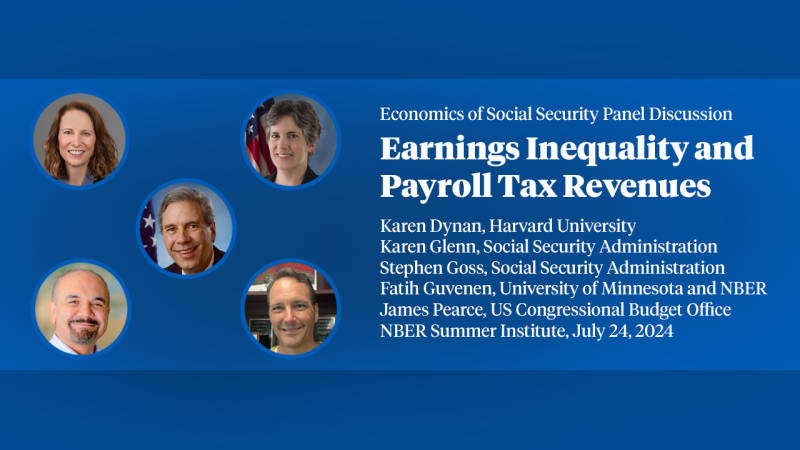Supply, Demand, Institutions, and Firms: A Theory of Labor Market Sorting and the Wage Distribution
Working Paper 31318
DOI 10.3386/w31318
Issue Date
Revision Date
This paper examines how workforce composition, labor demand, and minimum wage jointly determine wages through their effects on worker-task assignments, firm wage premiums, and firm-worker sorting. Using an estimated model of monopsonistic local labor markets, it finds that minimum wage hikes and labor demand shocks drove the decline in Brazilian wage inequality from 1998 to 2012. While rising educational attainment compressed skill premiums within firms, it also reallocated skilled workers to high-wage firms, limiting that shock’s effect on inequality. The analysis highlights interactions among exogenous factors, showing that concurrent supply and demand changes attenuated minimum wage impacts.


